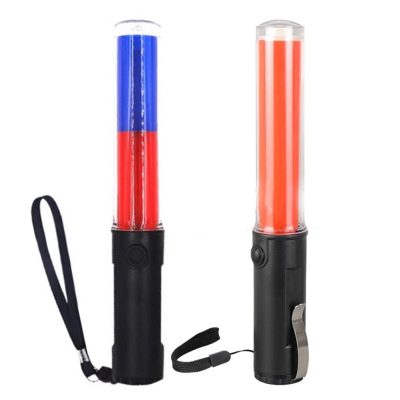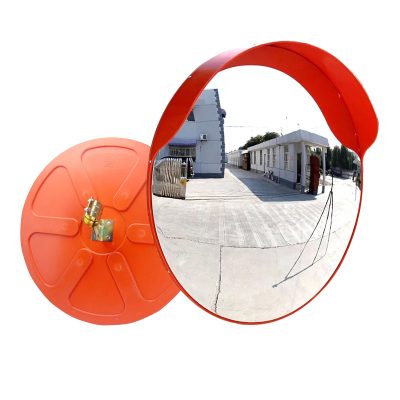Pedestrian safety is a critical consideration in traffic signal design and operation. Traffic signals are an essential tool for enhancing pedestrian safety at intersections and crosswalks. Here are several ways in which traffic signals contribute to pedestrian safety:
- Pedestrian Crosswalks: Traffic signals typically include designated pedestrian crosswalks. These crosswalks are marked with painted lines, zebra stripes, or other pavement markings to indicate where pedestrians should safely cross the road.
- Pedestrian Signal Phases: Traffic signals incorporate pedestrian signal phases that provide dedicated walk and don’t walk indications for pedestrians. These phases allow pedestrians to know when it is safe to cross the road.
- Crossing Time: Pedestrian signal phases are timed to allow pedestrians sufficient time to cross the road safely. The duration of the walk signal and the flashing don’t walk signal is based on factors such as the width of the road and the walking speed of pedestrians.
- Accessible Features: Modern traffic signals often include accessibility features, such as audible pedestrian signals, tactile push buttons, and countdown timers. Audible signals provide spoken information about the current signal phase, aiding visually impaired pedestrians.
- Push Buttons: Pedestrians typically activate the walk signal by pushing a button at the intersection. This feature ensures that the walk signal is only displayed when there is a demand for pedestrian crossing, preventing unnecessary stops for vehicles.
- No Turn on Red: Some traffic signals have a “no turn on red” restriction during pedestrian signal phases. This prevents vehicles from making right turns or other turns that could conflict with pedestrians in the crosswalk.
- Flashing Don’t Walk Signal: The flashing don’t walk signal provides a warning to pedestrians that they should not begin crossing the road because the signal is about to change. This helps prevent pedestrians from being caught in the middle of the road when the signal changes.
- Crosswalk Markings: Crosswalks are often painted with high-visibility markings, making them more noticeable to drivers and pedestrians alike.
- Traffic Signal Enforcement: Traffic signals are enforced through red-light cameras in some areas, which deter drivers from running red lights and endangering pedestrians in the crosswalk.
- Pedestrian-Activated Signals: At certain intersections, pedestrians can activate a walk signal by pushing a button. These signals provide a safe way for pedestrians to cross busy roads.
- High-Visibility Clothing: In some regions, traffic signals are equipped with sensors that can detect pedestrians wearing high-visibility clothing, ensuring they are given priority in signal timing.
- Education and Outreach: Traffic authorities often conduct public awareness campaigns to educate both pedestrians and drivers about safe behavior at signalized intersections.
Pedestrian safety is a shared responsibility between pedestrians and drivers. While traffic signals provide a critical element of safety infrastructure, pedestrians must also exercise caution, follow signal indications, and use crosswalks properly. Drivers must be vigilant, obey traffic signals, and yield to pedestrians when required by law. The combination of proper traffic signal design and responsible road user behavior is essential for enhancing pedestrian safety at signalized intersections.
























